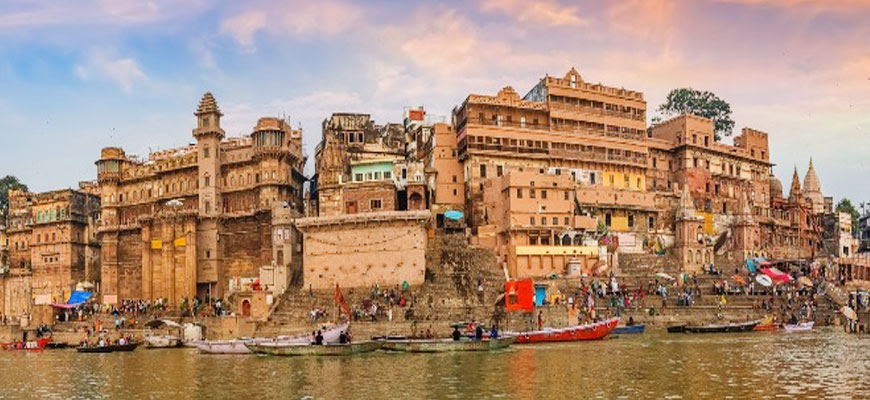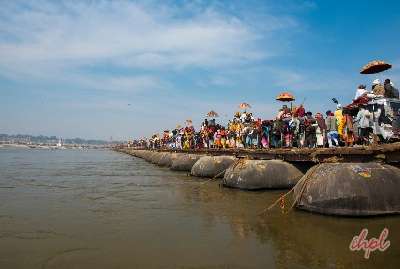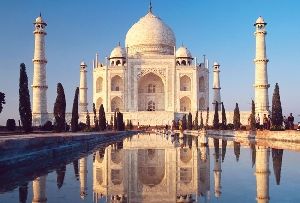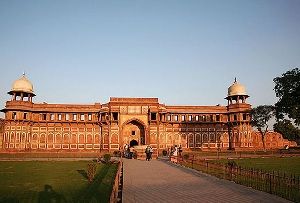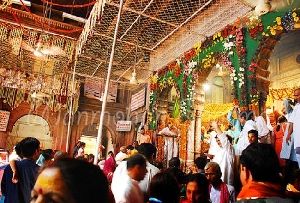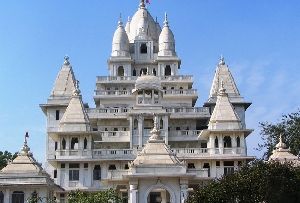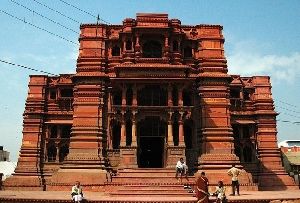Uttar Pradesh is considered as the cultural cradle of India. Uttar Pradesh has a rich historical heritage and it would not be wrong to state that the history of Uttar Pradesh plays a key role in defining the lifestyle of the present day Uttar Pradesh. The history of Uttar Pradesh is very old and fascinating and had a great impact on the Indian culture and civilization.
Uttar Pradesh history can be traced back to the period when the Aryans made their advent and started to establish settlements in what they called the “Madhyadesh” or the Central Country. Uttar Pradesh has been ruled by a number of kingdoms at different points in time. The rule of the Kosalas is of particular significance. King Dasaratha and his successor Ram were the illustrious rulers of the kingdom.
It was sometime around the middle of the 1st millennium BC that Uttar Pradesh saw the advent of Lord Buddha and the spread of Buddhism. Around the time Lord Buddha delivered his first sermon in Sarnath, Uttar Pradesh was under the Magadha rule. The power was subsequently shifted to the Nanda dynasty and then to the Mauryas. However the city reached its pinnacle of glory during the reign of Harshavardhana.
The historical background of Uttar Pradesh has a lot to do with the advent of the Muslim rule. The period witnessed the subjugation of the Rajputs whose power was confined to the a few pockets of Rajasthan. Uttar Pradesh reached the peak of prosperity during the Mughal rule, and particularly during the rule of Emperor Akbar. It’s during the Mughal rule itself that Uttar Pradesh saw the construction of some of its most magnificent monuments whose names have been engraved in golden letters in the history of Uttar Pradesh.
In due course of time, Uttar Pradesh witnessed the decadence of Mughal rule and the advent of the British. The Mughal influence was restricted to the Doab region. Uttar Pradesh also played a key role in the Sepoy Mutiny of 1857.

